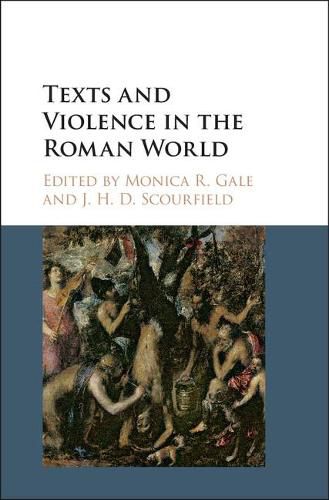Readings Newsletter
Become a Readings Member to make your shopping experience even easier.
Sign in or sign up for free!
You’re not far away from qualifying for FREE standard shipping within Australia
You’ve qualified for FREE standard shipping within Australia
The cart is loading…






From the bites and scratches of lovers and the threat of flogging that hangs over the comic slave, to murder, rape, dismemberment, and crucifixion, violence is everywhere in Latin literature. The contributors to this volume explore the manifold ways in which violence is constructed and represented in Latin poetry and prose from Plautus to Prudentius, examining the interrelations between violence, language, power, and gender, and the narrative, rhetorical, and ideological functions of such depictions across the generic spectrum. How does violence contribute to the pleasure of the text? Do depictions of violence always reinforce status-hierarchies, or can they provoke a reassessment of normative value-systems? Is the reader necessarily complicit with authorial constructions of violence? These are pressing questions both for ancient literature and for film and other modern media, and this volume will be of interest to scholars and students of cultural studies as well as of the ancient world.
$9.00 standard shipping within Australia
FREE standard shipping within Australia for orders over $100.00
Express & International shipping calculated at checkout
From the bites and scratches of lovers and the threat of flogging that hangs over the comic slave, to murder, rape, dismemberment, and crucifixion, violence is everywhere in Latin literature. The contributors to this volume explore the manifold ways in which violence is constructed and represented in Latin poetry and prose from Plautus to Prudentius, examining the interrelations between violence, language, power, and gender, and the narrative, rhetorical, and ideological functions of such depictions across the generic spectrum. How does violence contribute to the pleasure of the text? Do depictions of violence always reinforce status-hierarchies, or can they provoke a reassessment of normative value-systems? Is the reader necessarily complicit with authorial constructions of violence? These are pressing questions both for ancient literature and for film and other modern media, and this volume will be of interest to scholars and students of cultural studies as well as of the ancient world.